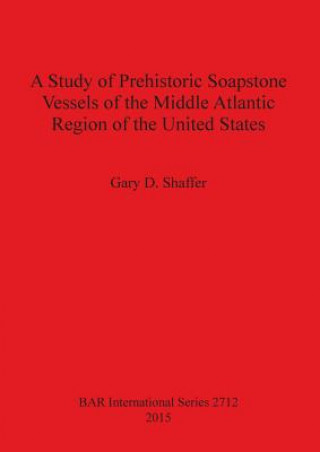
Code: 12064095
Study of Prehistoric Soapstone Vessels of the Middle Atlantic Region of the United States
by Gary D. Shaffer
This study began with an intensive search to identify all prehistoric sites with soapstone artifacts in Maryland and the District of Columbia. A review of published and unpublished records and interviews with avocational archaeolo ... more
- Language:
 English
English - Binding: Paperback
- Number of pages: 174
Publisher: BAR Publishing, 2015
- More about this

You might also like
-

Sacramento's Oak Park
104.22 zł -7 % -

WB Christian Piano Library: Worship & Praise
33.66 zł -7 % -

Take It Easy Crosswords: 72 Relaxing Puzzles
43.44 zł -10 % -
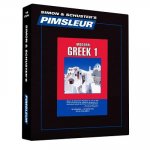
Greek (Modern) I, Comprehensive: Learn to Speak and Understand Modern Greek with Pimsleur Language Programs
1689.93 zł
Give this book as a present today
- Order book and choose Gift Order.
- We will send you book gift voucher at once. You can give it out to anyone.
- Book will be send to donee, nothing more to care about.
More about Study of Prehistoric Soapstone Vessels of the Middle Atlantic Region of the United States
You get 232 loyalty points
 Book synopsis
Book synopsis
This study began with an intensive search to identify all prehistoric sites with soapstone artifacts in Maryland and the District of Columbia. A review of published and unpublished records and interviews with avocational archaeologists found that the number of (precisely and imprecisely mapped) is at least 340. Avocational archaeologists had collected most of the reported soapstone artifacts, and surface collecting was the most common form of artifact retrieval. These situations result in limited site contextual information and restricted opportunity to interpret site activities. The findings of this study include that soapstone use increased during the Late Archaic and remained high, at least for certain artifacts, through the Woodland periods. The few 14C dates associated with soapstone vessels in the study area and neighboring states point to the initial use of bowls around 3600-2900 BP. Consideration of the distribution of the soapstone sites and review of the anthropological literature on trade and exchange point to three major means by which Native Americans in the study area obtained soapstone artifacts: direct unfettered procurement; direct access with use of an intermediate site as staging area; and exchange with a social group which quarried and made the items. Future developments in provenance studies of soapstone may assist archaeologists in matching artifacts with their quarries. My own experiments on the manufacturing of a preform bowl demonstrate the relative effectiveness of stone and bone chisels, as well as how archaeologists might best detect soapstone debitage at sites during field testing. I suggest that two factors led to the inhabitants of the Middle Atlantic switching to ceramics: first that there was a search for more easily obtainable materials to make watertight, fire-resistant vessels; and second that the increased use of ceramics led to an increase in their mechanical properties, making them a more desirable product.
 Book details
Book details
Book category Books in English Humanities Archaeology Archaeology by period / region
398.58 zł
- Full title: Study of Prehistoric Soapstone Vessels of the Middle Atlantic Region of the United States
- Author: Gary D. Shaffer
- Language:
 English
English - Binding: Paperback
- Number of pages: 174
- EAN: 9781407313634
- ISBN: 1407313630
- ID: 12064095
- Publisher: BAR Publishing
- Weight: 668 g
- Dimensions: 212 × 297 × 15 mm
- Date of publishing: 30. April 2015
Trending among others
-

Lifeways of Hunter-Gatherers
165.62 zł -5 % -

Lost Technologies of Ancient Egypt
104.43 zł -7 % -

Magicians of the Gods
49.08 zł -31 % -

Egyptian Hieroglyphs for Complete Beginners
61.28 zł -23 % -

Horse, the Wheel, and Language
133.46 zł -12 % -

War before Civilization
133.16 zł -

Petra
38.09 zł -23 % -

Cat in Ancient Egypt
52.01 zł -23 % -

Complete Pompeii
93.24 zł -23 % -
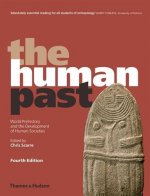
Human Past
284.67 zł -

Scenes from Prehistoric Life
116.42 zł -23 % -

Across Atlantic Ice
199.49 zł -

Book of Enoch
145.45 zł -5 % -

Timewalkers
78.01 zł -14 % -

Creating the Human Past
173.28 zł -

Mesolithic Europe
586.49 zł -
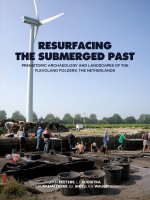
Resurfacing the Submerged Past
300.30 zł -4 % -

American Beginnings
330.84 zł -
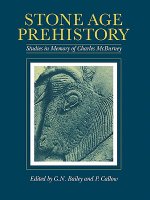
Stone Age Prehistory
138.50 zł -

Her Cup for Sweet Cacao
286.58 zł -9 % -

Lindow Man
66.12 zł -

Against the Grain
93.74 zł -5 % -

Dress Accessories, c. 1150- c. 1450
154.23 zł -14 % -

Rise of Bronze Age Society
372.07 zł -

Lewis Chessmen: Unmasked
42.43 zł -15 % -
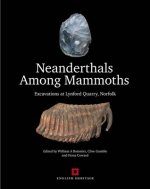
Neanderthals Among Mammoths
858.06 zł -

Biblical Archaeology: A Very Short Introduction
42.93 zł -23 % -
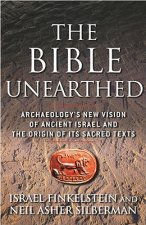
Bible Unearthed
81.24 zł -10 % -

Seismosaurus
474.69 zł -

Treasures of the Valley of the Kings
108.56 zł -29 % -

Divine Creatures
104.12 zł -7 % -

Tutankhamun
139.31 zł -23 % -

Hieroglyphics
113.50 zł -15 % -
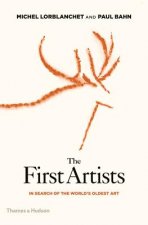
First Artists
93.24 zł -23 % -

In Search of the Indo-Europeans
146.16 zł -1 % -

Performance Power and the Art of the Aegean Bronze Age
249.29 zł -

Tasting the Past
103.62 zł -14 % -

Classical Archaeology 2e
204.73 zł -

Upper Pleistocene Prehistory of Western Eurasia
365.22 zł -

Humans at the End of the Ice Age
875.10 zł -

Medieval European Coinage: Volume 14, South Italy, Sicily, Sardinia
424.19 zł -

Prehistory: A Very Short Introduction
55.63 zł -5 % -
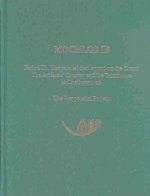
Mochlos IB
529.43 zł -

Salt in Prehistoric Europe
151.71 zł -4 % -

Prehistoric Rock Art
142.23 zł -14 % -

Medieval Household
275.40 zł -

Complete Cities of Ancient Egypt
116.12 zł -23 % -

First Signs
56.64 zł -23 % -

Mesolithic Europe
328.12 zł
safisfied customers
Since 2008, we have served long line of book lovers, but each of them was always on the first place.
Copyright! ©2008-24 libristo.pl All rights reservedPrivacyPoučení o cookies



 21 million books
21 million books Delivery 12.99 zł
Delivery 12.99 zł (32) 444 93 66 (8-15.30h)
(32) 444 93 66 (8-15.30h)